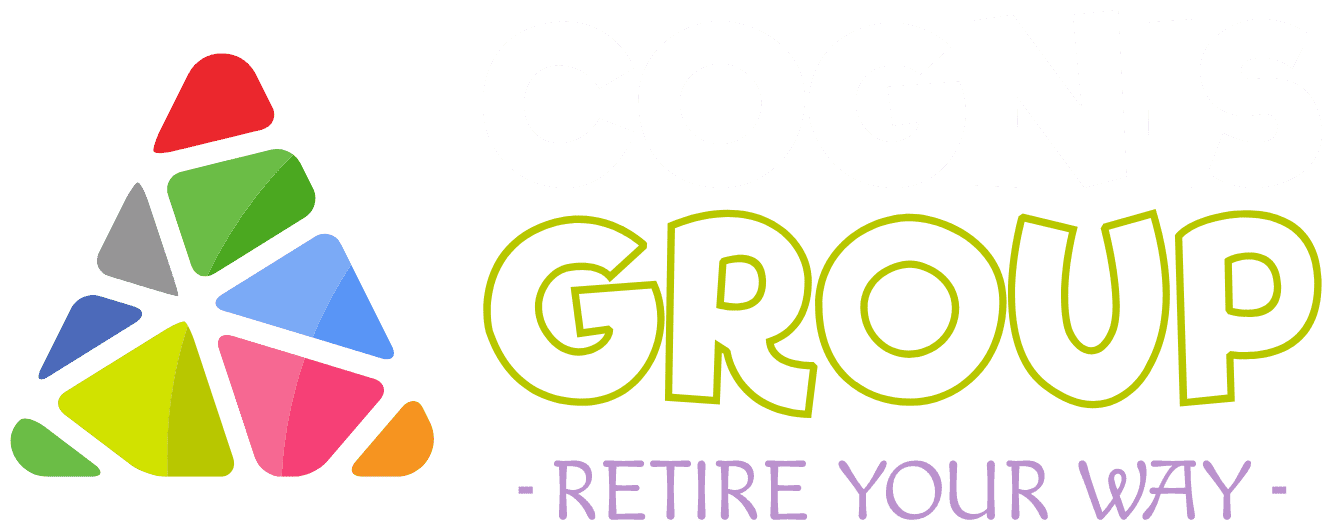
Executive Summary
Healthcare practitioners face unique financial planning challenges, balancing demanding careers with the need to prepare for a secure retirement. Integrating Exchange-Traded Fund (ETF) model portfolios into retirement accounts such as 401(k)s, IRAs, and pension plans offers a streamlined, cost-efficient, and diversified investment strategy. This blog post explores how healthcare professionals can leverage ETF model portfolios to optimize their retirement planning and investment management.
Introduction
Healthcare workers often have access to a variety of retirement savings vehicles, including employer-sponsored 401(k) plans, individual retirement accounts (IRAs), and, in some cases, defined benefit pension plans. Despite these options, many struggle to construct and maintain an investment portfolio aligned with their retirement goals, risk tolerance, and busy schedules.
ETF model portfolios present an effective solution, offering diversification, transparency, and low costs. This whitepaper discusses how ETF portfolios can be integrated into common retirement accounts held by healthcare practitioners, enabling a cohesive and efficient approach to retirement planning.
Retirement Accounts Common Among Healthcare Practitioners
- 401(k) Plans: Employer-sponsored defined contribution plans that allow pre-tax contributions, often with employer matching. Investment choices vary by plan.
- IRAs (Traditional and Roth): Individual accounts offering tax advantages, flexibility, and a broad range of investment options.
- Pension Plans: Defined benefit plans providing guaranteed income, though decreasingly common in the healthcare sector.
- Other Plans: Some practitioners may have access to 403(b) plans or SEP/SIMPLE IRAs, especially if self-employed.
Why ETFs and Model Portfolios?
Exchange-Traded Funds (ETFs) are investment funds traded on stock exchanges, offering exposure to diversified baskets of assets. When combined into model portfolios, ETFs provide several benefits:
- Diversification: Access to multiple asset classes, sectors, and geographic regions.
- Cost Efficiency: Typically lower expense ratios than mutual funds.
- Transparency and Liquidity: ETFs trade throughout the day, allowing for timely portfolio adjustments.
- Customization: Model portfolios can be tailored to individual risk tolerances and retirement timelines.
Integrating ETFs Within Retirement Accounts
1. ETF Integration in 401(k) Plans
- Plan Investment Menus: While many 401(k) plans primarily offer mutual funds, an increasing number now include ETFs or brokerage windows.
- Direct ETF Access: If ETFs are available, healthcare practitioners can adopt ETF model portfolios aligned with their risk profiles.
- Alternative Approaches: When ETFs are not offered, practitioners can select mutual funds that closely mirror the ETFs in their model portfolios or utilize brokerage windows if provided.
- Rebalancing: Regular portfolio reviews or automatic rebalancing features help maintain target allocations over time.
2. Using ETFs in IRAs
- Broader Investment Freedom: IRAs typically allow direct investment in ETFs, making them ideal for implementing model portfolios.
- Tax Efficiency: Traditional IRAs defer taxes on growth, while Roth IRAs provide tax-free withdrawals, enabling strategic placement of ETFs based on tax characteristics.
- Portfolio Construction: Healthcare practitioners can build or adopt model portfolios that balance growth and income based on retirement horizon and risk tolerance.
- Tax Management: Strategies like tax-loss harvesting can be employed within IRAs to enhance after-tax returns.
3. Complementing Pension Plans with ETFs
- Limited Control Over Pension Investments: Pension plans usually do not allow individual investment decisions.
- Supplementing Income: Practitioners can use 401(k)s and IRAs to invest in ETF model portfolios to complement pension benefits.
- Holistic Planning: Viewing pension income as a fixed-income component helps inform the risk and growth allocation within ETF portfolios.
Benefits for Healthcare Practitioners
- Time Efficiency: Ready-made ETF model portfolios simplify investment choices, saving time for busy professionals.
- Risk Management: Diversification across asset classes reduces portfolio volatility.
- Cost Savings: Lower fees enhance compounding growth over the long term.
- Flexibility: Easy to adjust portfolios as career stages and financial goals evolve.
Practical Steps to Implementation
- Assess Current Retirement Accounts: Review available investment options and restrictions in your 401(k), IRA, and pension plan.
- Define Risk Profile and Goals: Consider age, career stage, income, and retirement timeline.
- Select or Build an ETF Model Portfolio: Use online tools, robo-advisors, or financial advisors to identify suitable ETF portfolios.
- Implement Within Each Account: Invest in ETFs directly within IRAs and 401(k)s where possible, or select comparable mutual funds.
- Monitor and Rebalance: Conduct periodic reviews to realign the portfolio with your goals and market conditions.
Conclusion
For healthcare practitioners, integrating ETF model portfolios within retirement accounts offers a powerful strategy to achieve diversified, cost-effective, and goal-aligned retirement savings. By leveraging the flexibility of ETFs and the tax advantages of 401(k)s, IRAs, and pension plans, healthcare professionals can build robust portfolios that support financial security and peace of mind in retirement.
References and Further Reading
